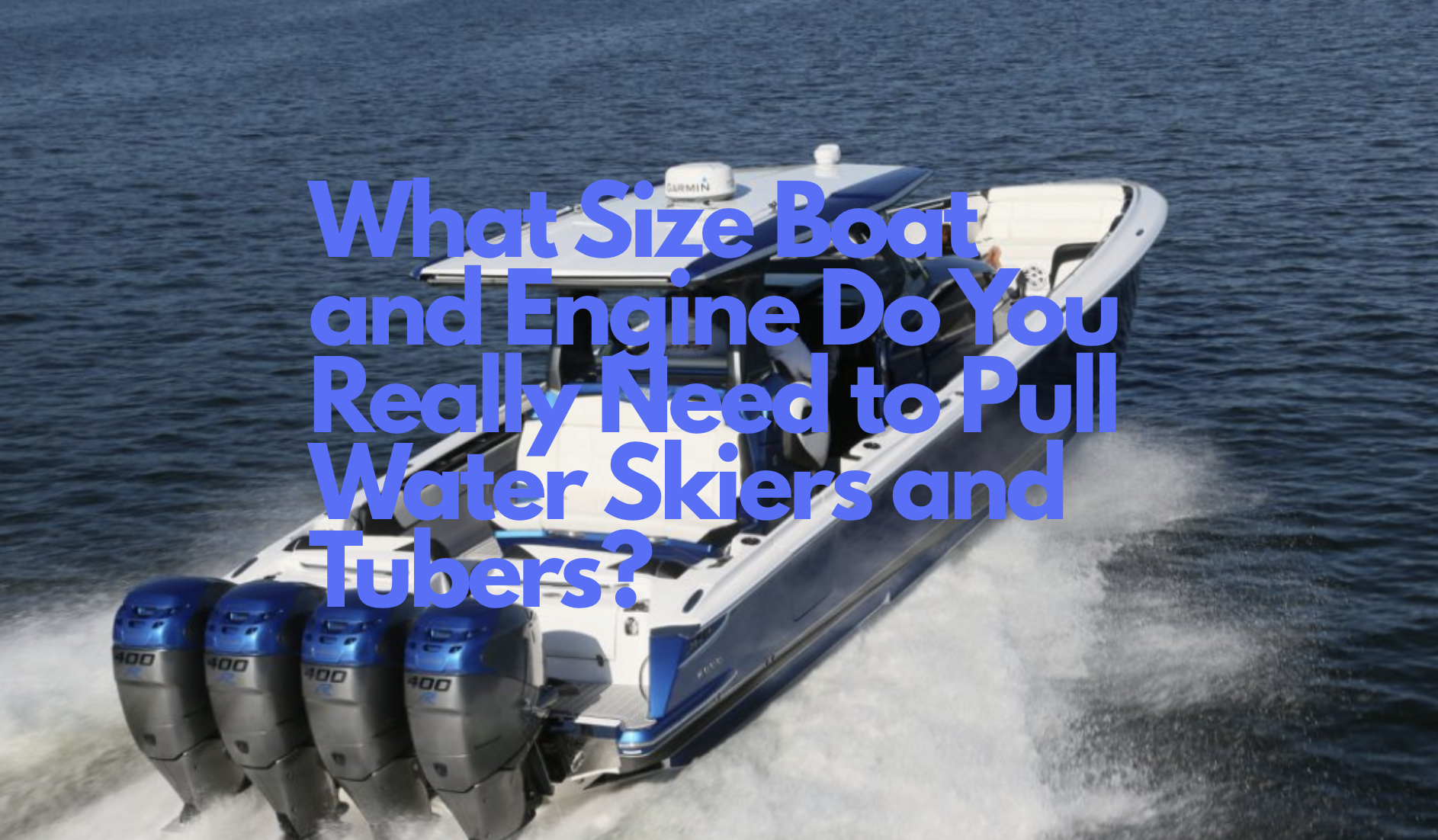
Few summer activities bring as much excitement to the lake as water skiing and tubing. Whether you are carving across the wake on skis or bouncing along behind the boat on a tube, the experience is always tied to the performance of your boat and engine. One of the most common questions among new lake homeowners and boat buyers is: What’s the minimum size boat and engine needed to safely and effectively pull water skiers and tubers?
The short answer is: it depends. The right setup varies based on the weight of the rider, the number of passengers, the type of tow sport, and the size of the lake. Let’s dive into the details.
Why Boat and Engine Size Matters
When you are towing, the boat is doing more than just moving across the water. It must pull a rider from a dead stop, push through resistance, and maintain a steady speed once the skier or tuber is up. Too small of a motor, and your skier will struggle to get on plane. Too large, and you may find yourself overpowering the rider or wasting fuel.
Engine size and boat weight also impact safety. Underpowered boats strain their motors and may not respond well in emergency maneuvers. Overpowered setups may give inexperienced drivers too much throttle to control. Striking the right balance ensures both fun and safety.
Minimum Engine Size for Towing
Tubing
Tubing places less demand on a boat than skiing because tubes float on the surface and don’t require as much lift to get moving. In most cases:
- Outboard motor of 70–90 horsepower can easily pull one or two kids or an adult on a tube.
- A 90–115 horsepower engine is recommended if you want to tow multiple riders at once or larger adult-sized tubes.
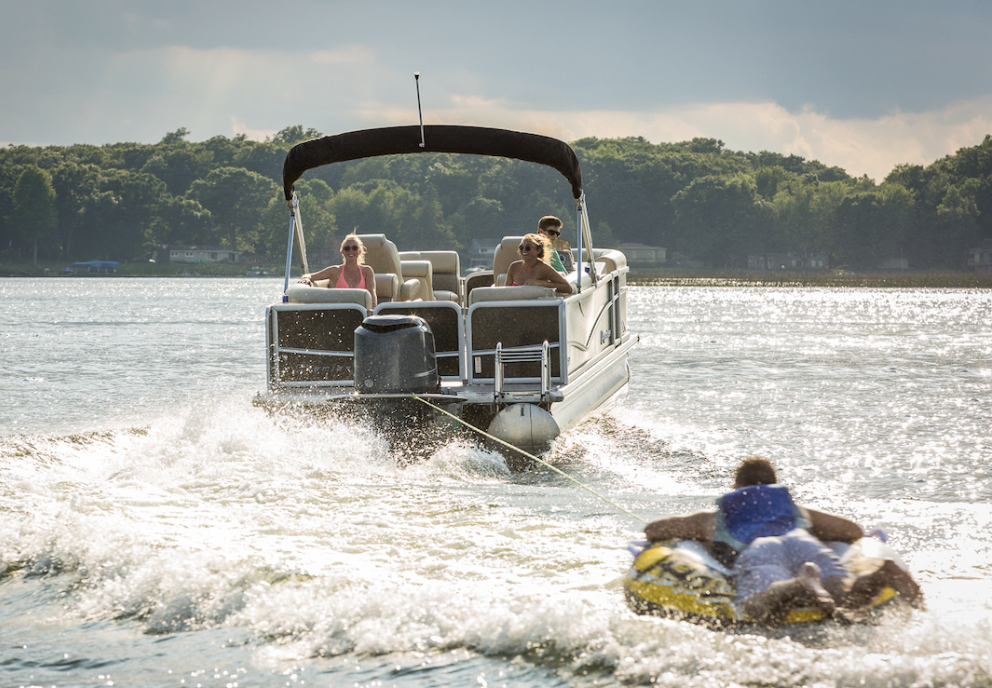
Water Skiing
Skiing requires more power because the skier starts submerged and must be pulled up and onto the surface of the water. The boat needs quick acceleration to lift the skier before they tire out.
- Bare minimum: 90 horsepower can pull a lightweight teenager or child on two skis, but acceleration will be slow.
- Recommended minimum: 115–150 horsepower for reliable pull-outs of adult skiers.
- Slalom skiing (one ski): Often requires at least 150 horsepower, especially for adult riders.
In short, tubing can be done with smaller engines, but skiing demands more horsepower.
Boat Size Considerations
Boat size isn’t just about horsepower. The hull design and weight distribution play a huge role in performance.
- 14–16 feet, lightweight aluminum boats: With a 70–90 horsepower outboard, these can handle small tubes and kids’ skis. Not ideal for adult skiing.
- 16–18 feet, runabouts or bowriders: Equipped with 115–150 horsepower, these are considered the entry-level standard for towing both skiers and tubers.
- 18–20 feet, inboard/outboard or dedicated ski boats: Paired with 150–200 horsepower, these are versatile for nearly all recreational towing.
- 20+ feet, wake or ski-specific boats: With inboard motors of 200+ horsepower, these are designed for advanced skiing, wakeboarding, and surfing.
Smaller lakes often don’t allow high horsepower or large wakes, so a 16–18-foot boat with 115 horsepower may be the sweet spot. Larger bodies of water give you room to run bigger boats.
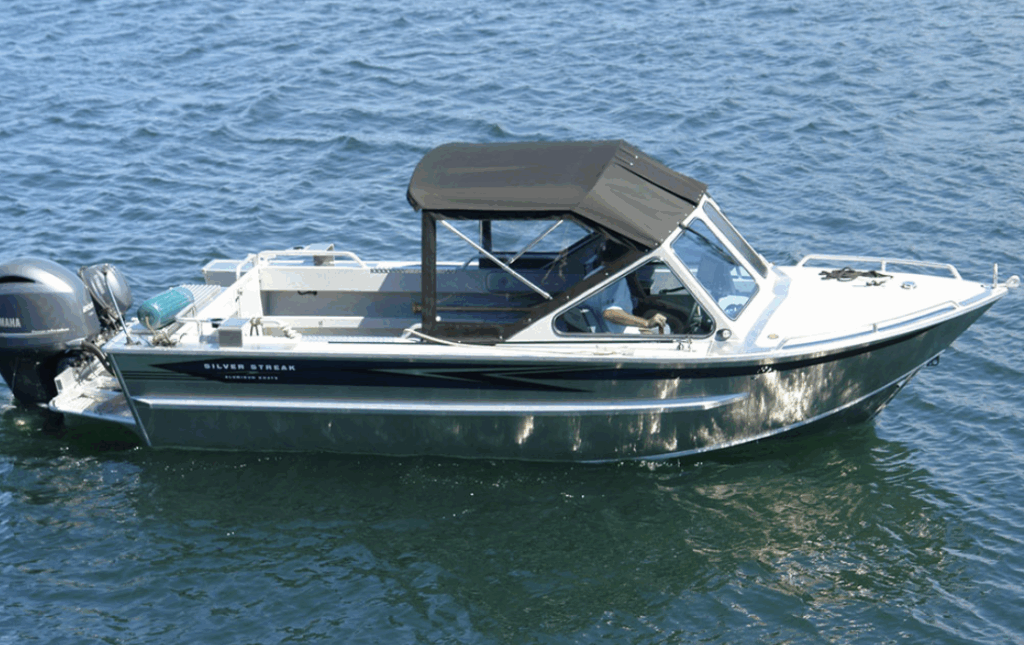
Rider Weight and Number of Passengers
Another factor that is often overlooked is load. A boat that can easily pull one skier with two passengers onboard may struggle if it’s loaded with six adults, coolers, and gear.
- For kids or lightweight teens: 90–115 horsepower is plenty, even with a few passengers.
- For adults: 115–150 horsepower is safer, especially if you regularly carry extra people onboard.
- For heavy loads or multiple riders: 150+ horsepower ensures you can still get skiers up without bogging down.
Think of horsepower as a buffer. More people in the boat requires more power to maintain performance.
Speed Requirements
- Tubing: Riders often enjoy 15–20 mph for kids, and 20–25 mph for adults. Tubes can handle a wide speed range.
- Water skiing: Beginners usually need 20–25 mph, while experienced slalom skiers may need 30–36 mph.
To reach and hold these speeds consistently, the boat must have enough horsepower to get on plane quickly and maintain throttle without straining.
Propeller Choice
Even with the right engine size, the wrong propeller can make towing difficult. Skiers need quick hole-shot acceleration (how fast the boat gets on plane).
- Lower-pitch propellers provide faster acceleration but lower top speed, which is perfect for towing.
- Higher-pitch propellers are for cruising and top-end speed, but not ideal for pulling skiers.
Switching props can sometimes make more difference than adding horsepower.
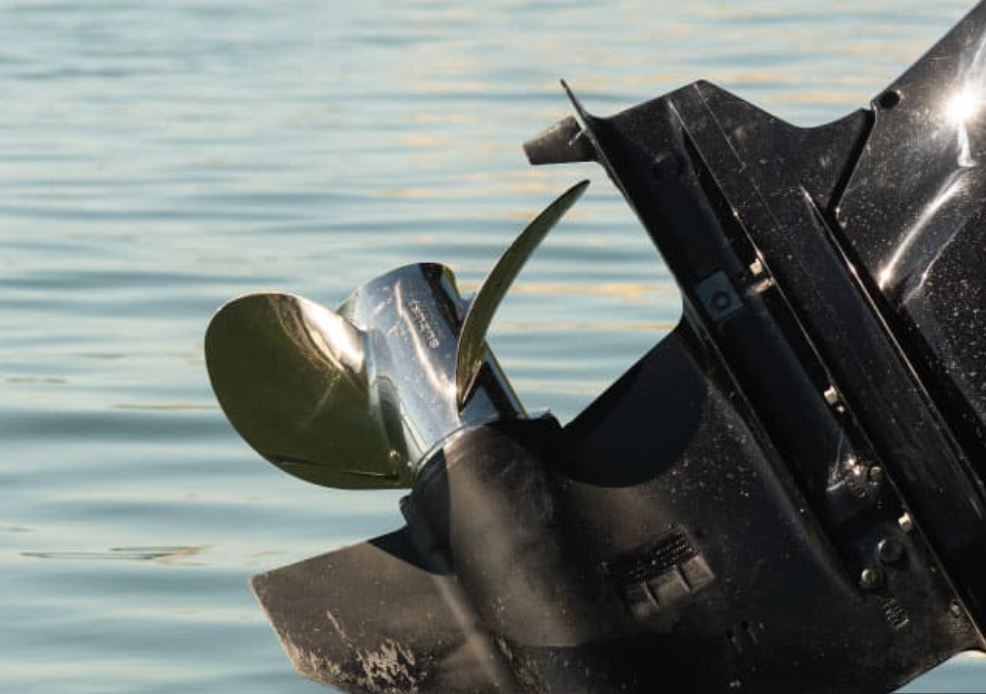
Safety and Legal Considerations
When pulling tubers or skiers, always follow these safety basics:
- Spotter on board: Most states require a designated spotter to watch the skier or tuber while the driver focuses on navigation.
- Tow ropes: Use ropes designed specifically for skiing or tubing; they are stronger and the right length.
- Life jackets: Everyone being towed must wear a U.S. Coast Guard–approved PFD.
- Lake regulations: Some lakes restrict horsepower, towing times, or tow sports entirely. Always check before heading out.
Practical Recommendations
For homeowners or families looking for an affordable, versatile setup for summer fun:
- If tubing only: A 16-foot boat with a 90-horsepower outboard is plenty for kids and light adults.
- If skiing too: Aim for at least a 17–18 foot boat with 115–150 horsepower. This will cover most recreational skiers.
- If slalom skiing or wakeboarding is the goal: Look for 18–20 feet with 150–200 horsepower, preferably in an inboard/outboard or ski-specific boat.
If your lake is small and horsepower-restricted: Stick to tubing with smaller motors, or explore paddle-sport alternatives like wake sleds.
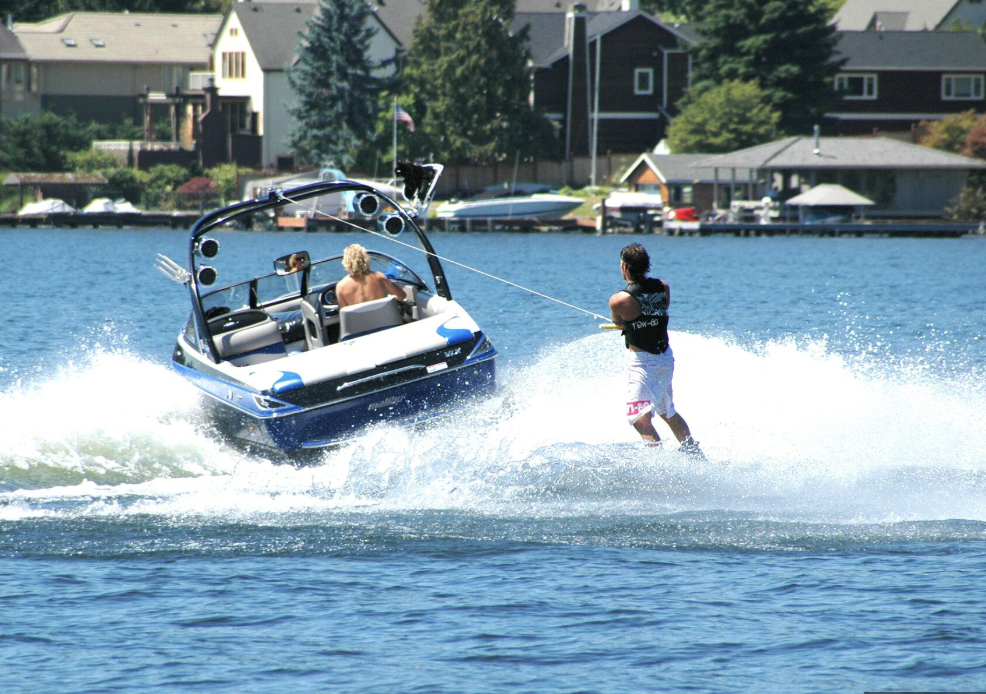
Final Thoughts
Choosing the right boat and engine size comes down to balancing your lake environment, the riders you’ll be towing, and your budget. Tubing is more forgiving and can be done with smaller boats, while skiing requires more horsepower and better acceleration.
For most families, a 17–18 foot boat with a 115–150 horsepower motor is the sweet spot for mixing skiing, tubing, and cruising. It’s powerful enough to get adults up on skis, efficient enough for long afternoons on the water, and versatile enough to keep everyone smiling.
Before you buy, always consider the weight of your passengers, the size of your lake, and the type of towing you plan to do. With the right setup, you’ll create countless memories of summers spent flying across the water, laughing with friends, and enjoying the lake lifestyle to its fullest.
Posted by Scott Freerksen “The Lake Guy”
